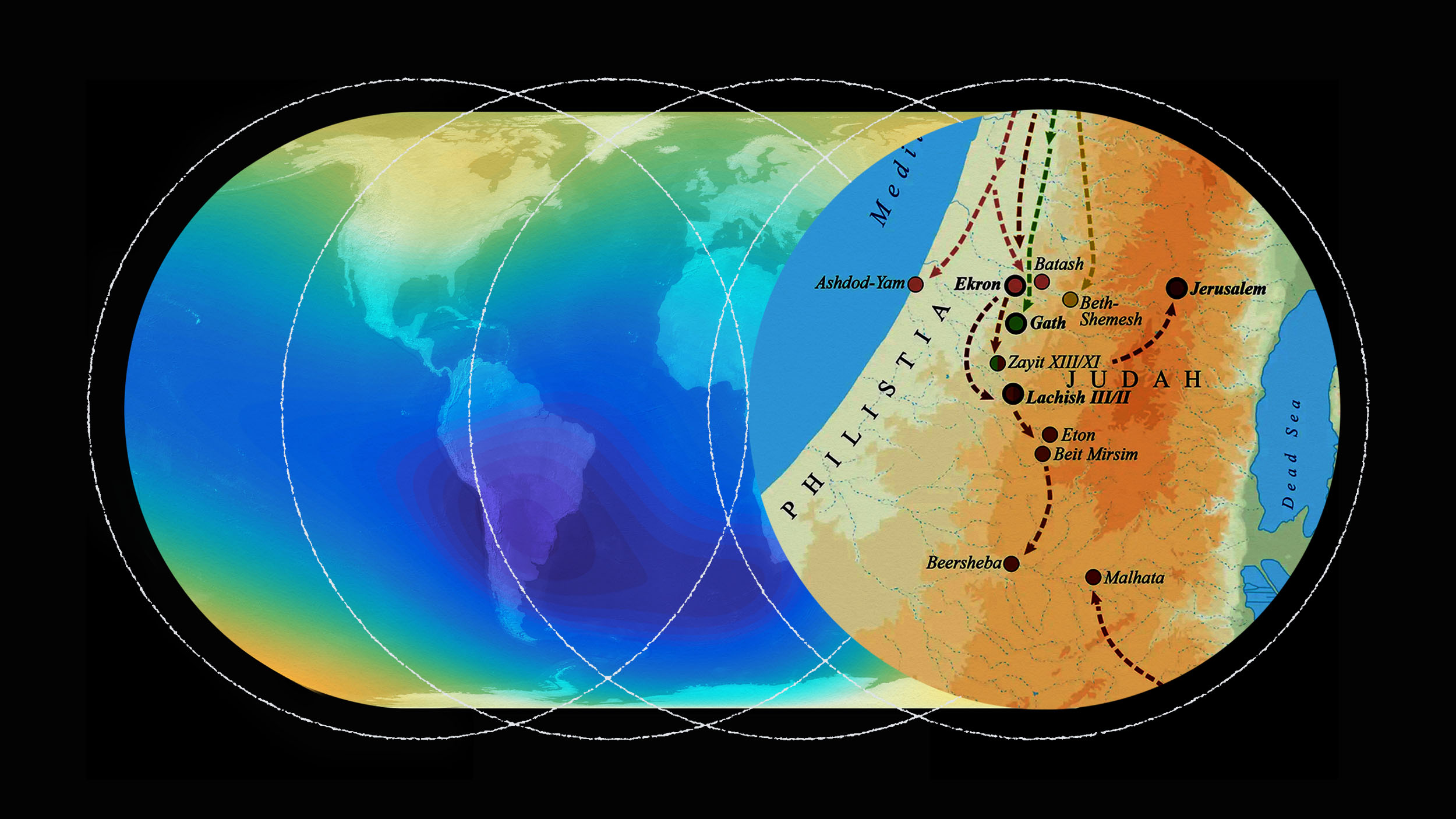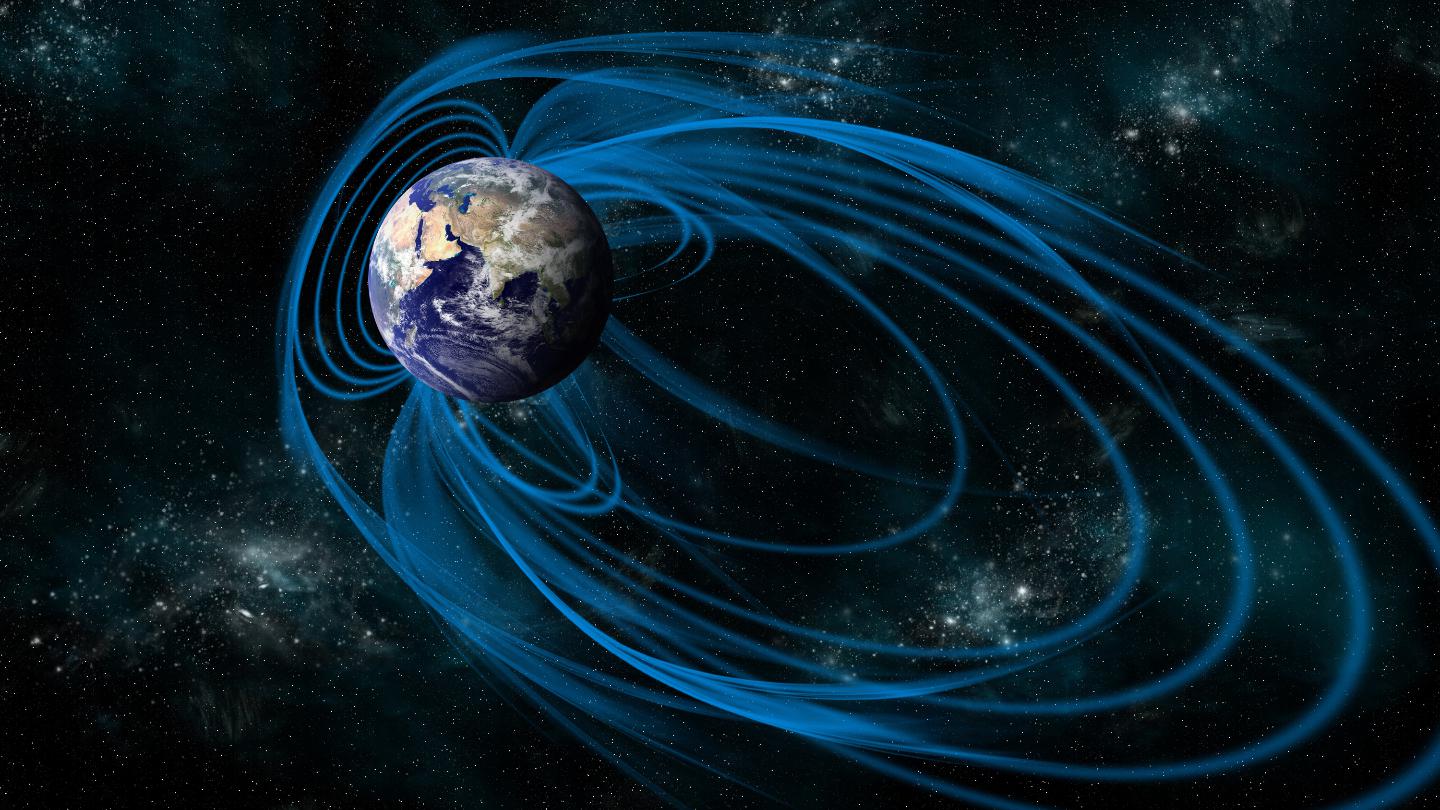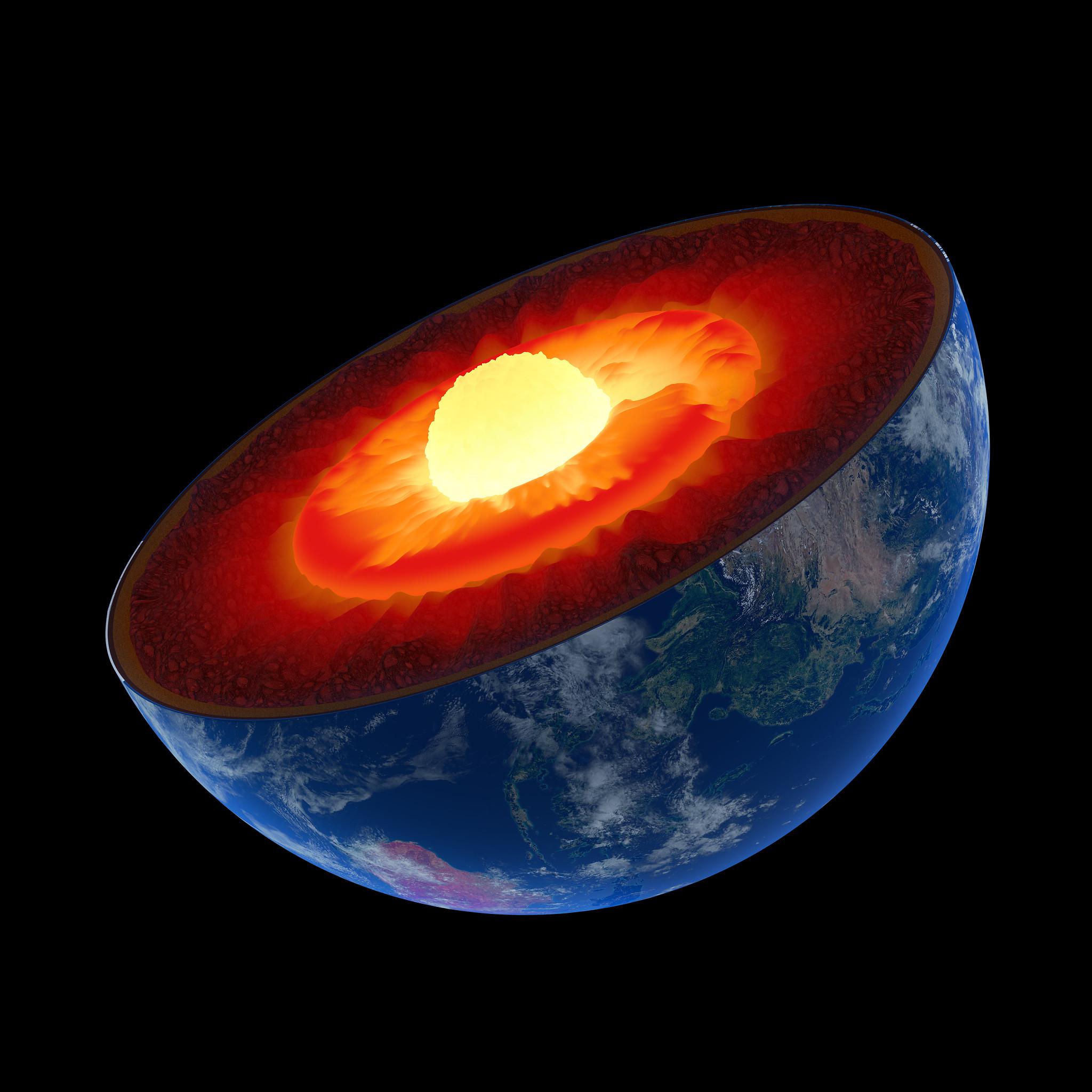Magnetic north isn’t even close to where it used to be

(Kirk Geisler/hobbit/Shutterstock/Big Think)
- Magnetic north has recently been moving north from Canada to Russia in a cold hurry.
- It’s moving about 33 miles a year instead of the usual 7 miles.
- World navigation models had to updated ahead of schedule to catch up with it.
If you’re reading this as you travel the arctic, odds are you’re probably already a bit confused. Your compass has been, well, strange, lately. That’s because magnetic north has been moving. Quickly. It’s never been stationary, but recently it’s been moving around 485 feet northward toward Siberia every day. That’s about 33 miles per year, as opposed to the average 7 miles a year between 1831 and the 1990s, when its pace quickened.
Fortunately, experts say that if you’re south of the 55th parallel, you won’t notice much of a difference. However, for national defense agencies, commercial airlines, and others that rely on knowing what their compasses are pointing at, it’s a much bigger deal. That’s why the World Magnetic Model — a set of online reference calculators, software, and technical details — had to be updated recently ahead of schedule instead of waiting for the next planned revision in 2020.

Image source: Pyty / Shutterstock
North, north, and north
There are actually three flavors of north, and they’re all in different places.
- Magnetic north — is defined as the location on the Earth’s surface where all of its magnetic lines point straight downward. If you look at a compass while you’re there, the needle attempts to dip down; that’s why it’s also called the “dip pole.” Magnetic north is always on the move in response to the constant motion of electrical charges in the Earth’s liquid outer mantle, which produces Earth’s magnetic field.
- Geomagnetic north — is the northern focus of the Earth’s magnetosphere, up in the stratosphere. It moves, too, but not nearly as much, since shifts in the Earth’s magnetic field are more smoothed-out up there than on the ground. Its location is pretty stable, located above and off the northwest coast of Greenland.
- True north, or geographic north — is the northern terminus of our lines of longitude. It’s located in the middle of the Arctic Ocean.

Image source: Johan Swanepoel / Shutterstock
What’s the hurry?
The suddenly accelerating movement of magnetic north has scientists wondering what’s up — not because there’s any danger we’re aware of — because its behavior is one of the few opportunities they have to catch a glimpse of the dynamics inside the earth’s molten outer core.
The most prominent theory is that the speed-up is being driven by, as Nature puts it, “liquid iron sloshing within the planet’s core.” Giant streams of molten iron and nickel continually twist and swirl in the outer core, a pressure cooker that can reach 9,000° F in temperature. The iron is the source of the magnetic fields that comprise the Earth’s magnetosphere. The magnetosphere is the barrier that keeps us protected from destructive ultraviolet solar radiation — its existence keeps Earth habitable. Planets with no magnetic barrier are unable to hold onto their atmosphere. Mars lost its magnetosphere 4.2 billion years ago.
Geophysicist Phil Livermore made the case at an American Geophysical Union meeting in Fall 2018 that what we’re seeing is the latest action in an ongoing tug of war between two magnetic fields down in the swirling outer core. One is under Siberia, and one is under Canada. Historically, the Canadian field has been winning, keeping magnetic north in Canada. However, there’s been a shift, he tells National Geographic, “The Siberian patch looks like it’s winning the battle. It’s sort of pulling the magnetic field all the way across to its side of the geographic pole.”
Some scientists think that the acceleration may be an early sign that Earth’s magnetic poles are about to flip, something that happens every every 200,000 to 300,000 years. Others see no evidence of that. Plus, flips occur over thousands of years, so there’d be no cause for alarm anyway.

Earth’s magnetic lithosphere mapped by Swarm. Image source: ESA
Keeping an eye on magnetic north
The position of magnetic north is tracked by the European Space Agency’s three Swarm satellites orbiting the Earth about 15 times a day — the satellites’ readings are continually checked against ground readings to assess the pole’s movements. Every five years, until now, at least, scientists have updated the math in the World Magnetic Model, whose goal is to “ensure safe navigation for military applications, commercial airlines, search and rescue operations, and others operating around the North Pole.”
Given how things like this tend to play out over geologic time, it would surprise no one if more frequent model updates will be needed going forward.





